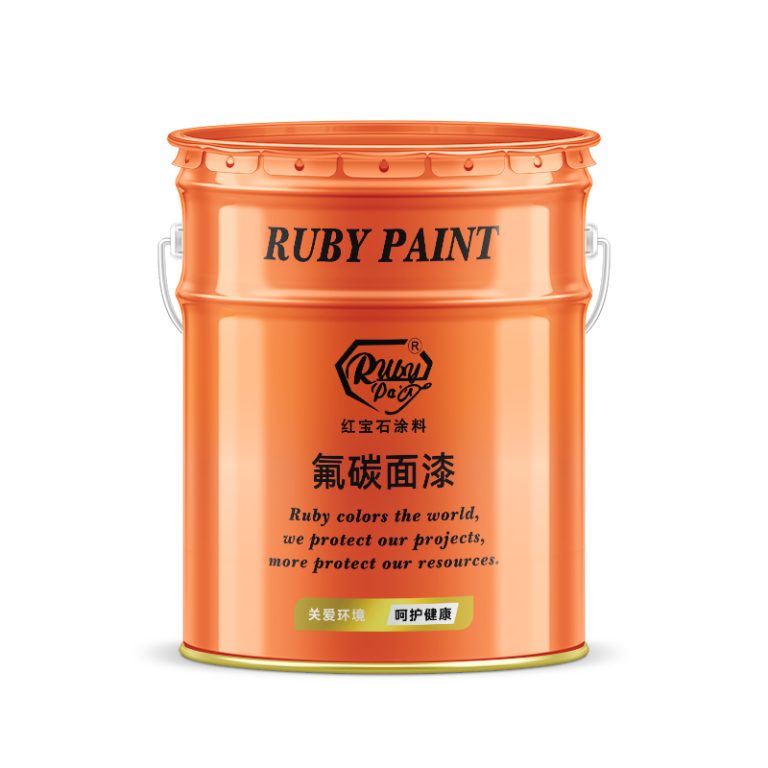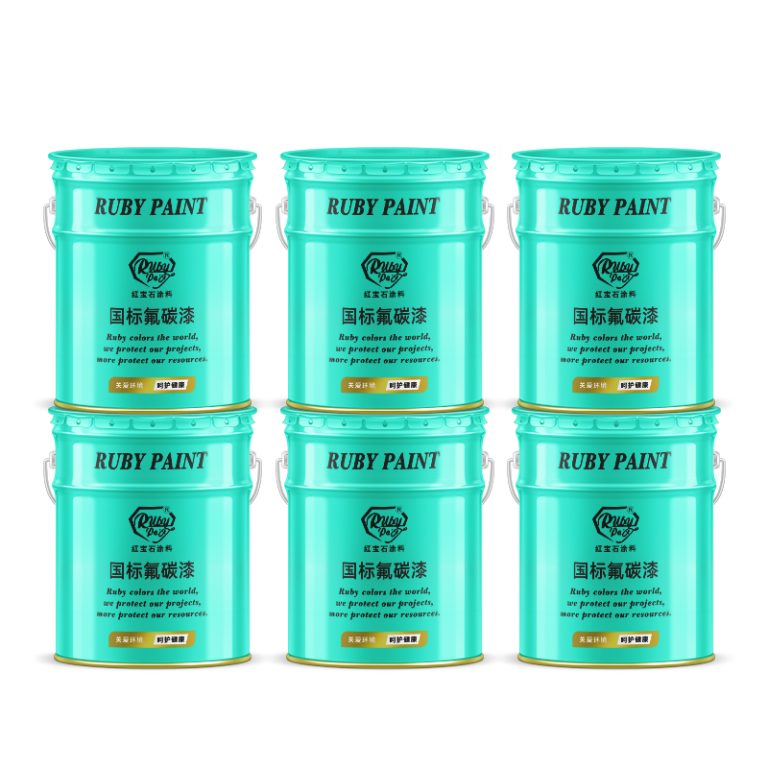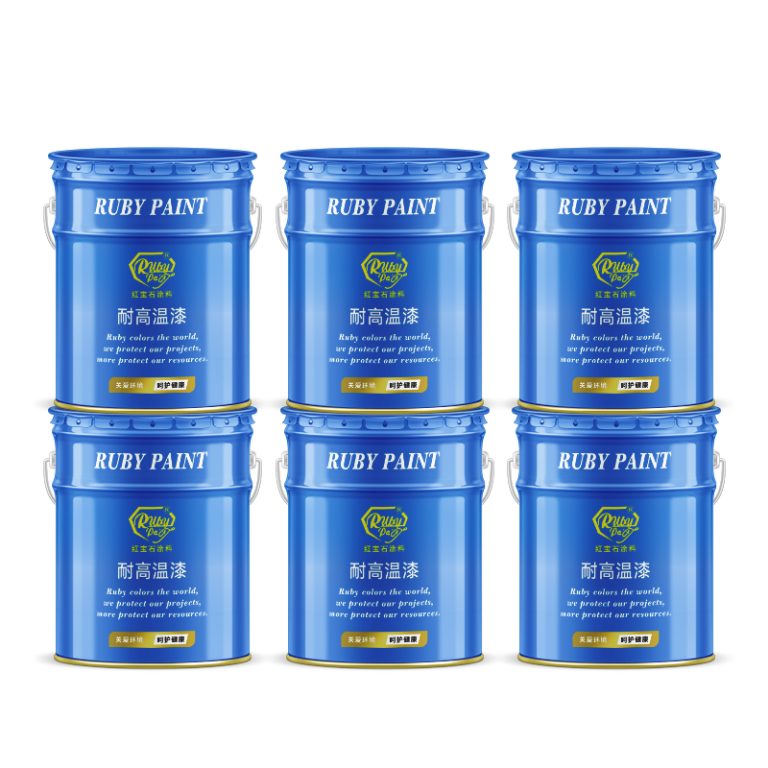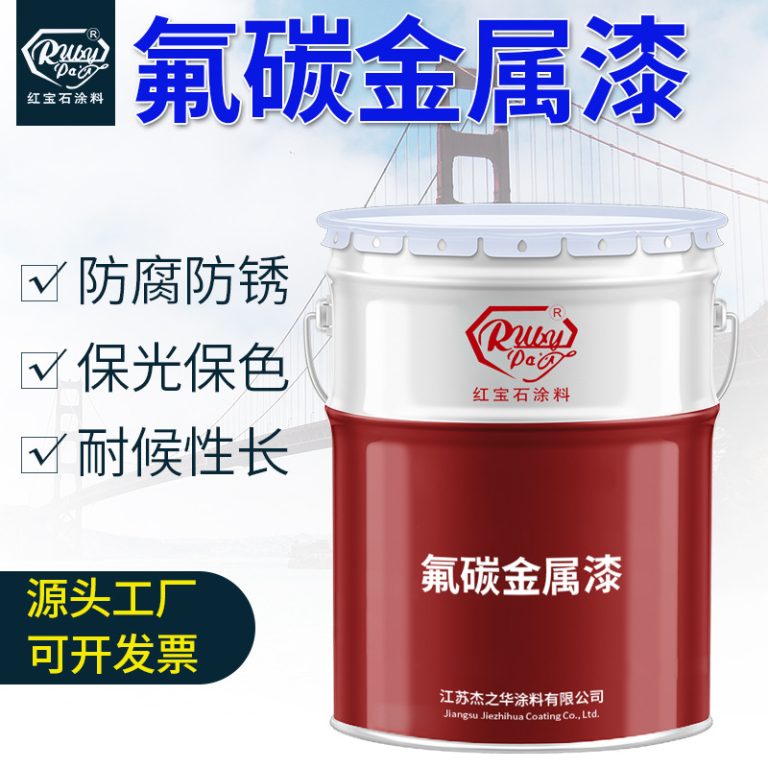Table of Contents
Benefits And Applications Of Acid Alkali Proof Paint In Industrial Settings
Acid alkali proof paint is a specialized coating designed to provide protection against harsh chemical environments commonly found in industrial settings. This type of paint is formulated to resist the corrosive effects of acids and alkalis, making it an essential component in maintaining the integrity and longevity of industrial equipment and structures. The benefits of using acid alkali proof paint are numerous, and its applications span across various industries, including chemical processing, wastewater treatment, and manufacturing.
| Serial Serial Number | Product |
| 1 | Epoxy Zinc rich paint |
One of the primary advantages of acid alkali proof paint is its ability to safeguard surfaces from chemical damage. In industrial environments, equipment and structures are often exposed to aggressive chemicals that can cause deterioration, such as rusting, pitting, or cracking. By applying acid alkali proof paint, businesses can protect their assets from these damaging effects, thereby extending their service life and reducing the need for frequent repairs or replacements. This protective coating forms a barrier that prevents chemicals from coming into direct contact with the underlying material, preserving its structural integrity.
Furthermore, acid alkali proof paint enhances the safety of industrial facilities. Exposure to corrosive substances can pose significant health and safety risks to workers. By preventing chemical corrosion, this type of paint helps minimize the likelihood of accidents, such as leaks or structural failures, that could result in injuries or even fatalities. Additionally, maintaining a well-protected environment contributes to overall workplace safety and compliance with regulatory standards, which is crucial for industrial operations.
The durability of acid alkali proof paint is another key benefit. This coating is specifically engineered to withstand extreme conditions, including high temperatures and exposure to UV radiation, which are common in industrial settings. Its robust nature ensures that the protective layer remains effective over time, even in challenging environments. This durability translates into cost savings for businesses, as the need for frequent maintenance and recoating is significantly reduced.
Acid alkali proof paint also offers versatility in its applications. It can be used on a wide range of surfaces, including metal, concrete, and plastic, making it suitable for various industrial components such as tanks, pipes, and machinery. The paint is available in different formulations, each tailored to meet specific requirements, such as resistance to particular chemicals or suitability for use in certain temperature ranges. This versatility allows businesses to select the most appropriate type of acid alkali proof paint for their specific needs, ensuring optimal protection.

In addition to its protective properties, acid alkali proof paint can also enhance the aesthetic appeal of industrial facilities. It is available in various colors and finishes, allowing businesses to choose options that align with their branding or visual preferences. A well-maintained and visually appealing facility can create a positive impression on clients and visitors, contributing to a company’s professional image.
In conclusion, acid alkali proof paint is a valuable asset in industrial settings, offering a range of benefits that contribute to the protection, safety, and longevity of equipment and structures. Its ability to resist chemical corrosion, withstand harsh conditions, and adapt to various applications makes it an essential choice for businesses looking to maintain efficient and safe operations. By investing in this specialized coating, companies can protect their assets, ensure compliance with safety standards, and ultimately enhance their bottom line.
Comparison Of Different Acid Alkali Proof Paints And Their Effectiveness
Acid alkali proof paint is a specialized coating designed to protect surfaces from the corrosive effects of acids and alkalis. These paints are essential in industries where exposure to harsh chemicals is common, such as chemical manufacturing, wastewater treatment, and food processing. The effectiveness of acid alkali proof paints can vary significantly depending on their formulation and the specific environment in which they are used. In this article, we will compare different types of acid alkali proof paints and evaluate their effectiveness in various applications.
One of the most commonly used types of acid alkali proof paint is epoxy-based coatings. Epoxy paints are known for their excellent chemical resistance and durability. They form a hard, impermeable barrier that prevents acids and alkalis from penetrating the surface. Epoxy coatings are particularly effective in environments where there is frequent exposure to strong chemicals. However, they can be susceptible to UV degradation and may require a UV-resistant topcoat for outdoor applications.
Another popular option is polyurethane-based acid alkali proof paint. Polyurethane coatings offer good chemical resistance and are more flexible than epoxy coatings. This flexibility makes them less prone to cracking under thermal stress, which can be an advantage in environments with fluctuating temperatures. Polyurethane paints are also available in a variety of finishes, including glossy and matte, allowing for aesthetic customization. However, they generally have a shorter lifespan than epoxy coatings and may need more frequent maintenance.
| Nr. | Name |
| 1 | Fluoracarbon paint |
In addition to epoxy and polyurethane coatings, there are also specialized acid alkali proof paints made from fluoropolymers. Fluoropolymer coatings, such as those based on polytetrafluoroethylene (PTFE), provide exceptional chemical resistance and can withstand exposure to a wide range of acids and alkalis. These coatings are often used in highly corrosive environments where other types of paint would quickly degrade. However, fluoropolymer coatings can be more expensive than other options and may require specialized application techniques.
When evaluating the effectiveness of different acid alkali proof paints, it is important to consider the specific chemicals that the surface will be exposed to. Some coatings may be highly resistant to certain acids but less effective against alkalis, or vice versa. It is also important to consider the concentration and temperature of the chemicals, as these factors can impact the performance of the coating.
In addition to chemical resistance, other factors to consider when choosing an acid alkali proof paint include ease of application, drying time, and overall cost. Some paints may require multiple coats or a primer, which can increase the time and labor required for application. Others may have a longer drying time, which can delay the return to service of the coated equipment or facility.
Ultimately, the choice of acid alkali proof paint will depend on a balance of factors, including chemical resistance, durability, application requirements, and cost. By carefully evaluating the specific needs of the application and comparing the available options, it is possible to select a coating that provides effective protection against acids and alkalis while meeting other performance criteria.






